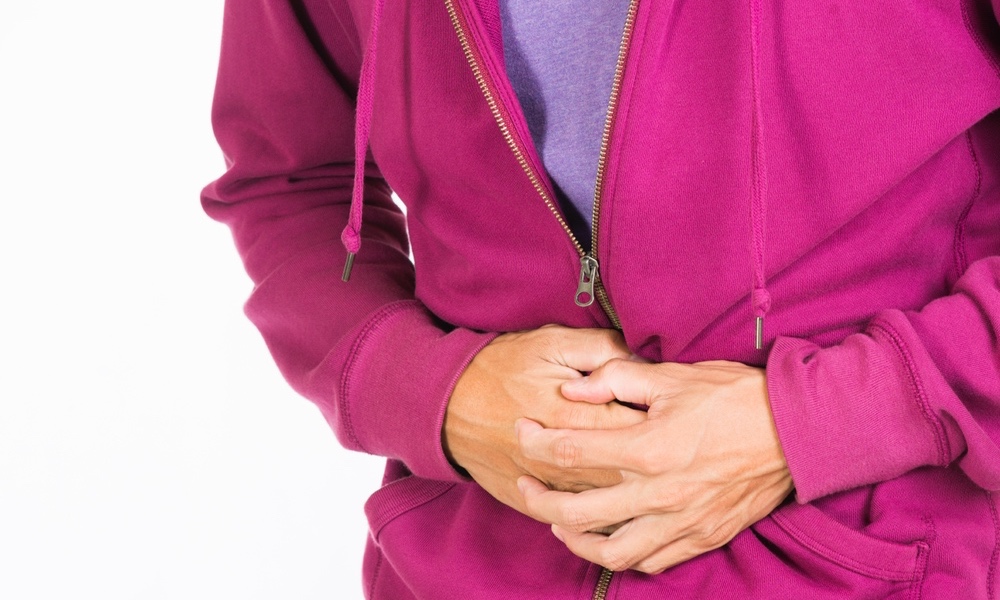In the past, clinical studies have found that pain in women is both underestimated and undertreated. Women often wait longer than men to receive pain medication and may receive less medication as well.
The findings of pain studies done in a laboratory setting are inconsistent, however, and a team of researchers decided to take these lab studies a step further by using real chronic pain patients, rather than actors, in the videos study participants watched.
The study also made it a point to use nonmedical professionals to watch the videos, rather than the medical professionals often used in research. “One of the advantages of having patient videos is that we have patients’ ratings of their own pain,” Elizabeth Losin, a co-author, explained. “We have a ground truth to work with, which we can’t have if it’s an actor pretending to be in pain.”Participants felt women were more likely to benefit from psychotherapy and men were more likely to benefit from pain medication.
“Researchers don’t know exactly why pain is underestimated in women,” Tor Wager, senior author on the study, told TheDoctor. Cultural norms make it more acceptable for women to express pain, so that may lead to the assumption that when women say they are in pain their pain is not that bad. Whereas if men express pain through their facial expressions and body language, the assumption may tend to be that it must be really bad.
The study involved two experiments. In the first experiment, 50 participants viewed videos of men and women with shoulder pain performing range of motion exercises with both their injured and uninjured shoulders. Participants were asked to estimate the amount of pain they thought the patients were in based on a scale from 0 (absolutely no pain) to 100 (worst pain possible). Their estimates were then compared to the patient’s self-reported pain level.
The second experiment repeated the first with 200 participants. However, this time participants were asked to complete a questionnaire that measured gender-related stereotypes about pain sensitivity and tolerance, and gender differences in the willingness to report pain. Participants also answered questions about how much pain medication and psychotherapy they thought each patient should receive.
Participants’ beliefs about women’s willingness to express pain compared to men in the second experiment reflected their gender bias. Many felt women were more likely to benefit from psychotherapy and men were more likely to benefit from pain medication.
In the future, studies could examine ways to address gender bias in pain assessment, particularly in healthcare settings, suggested Wager, the Diana L. Taylor Distinguished Professor in the department of neurological and brain sciences at Dartmouth College. Such studies might determine if showing providers and caregivers a bias exists would help them try to overcome it.
The study is published in the Journal of Pain.





